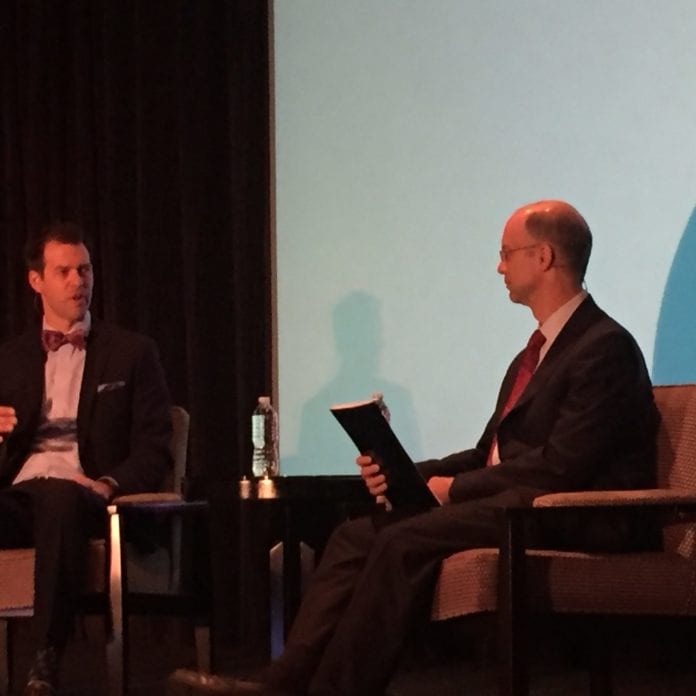HetNet Expo 2016: Crown Castle sets the tone with bullish small cell projections
HOUSTON – Crown Castle CEO Jay Brown told members of the Wireless Infrastructure Association that the industry is on the cusp of a major opportunity to deploy small cells in metropolitan areas. He said that despite the many challenges to deployments, operators will ramp up outdoor small cell rollouts in the years ahead.
“We think one day the opportunity we have in front of us in small cells could be as big as the tower business we run today, with roughly $3 billion in revenue,” Brown said. He noted that the company’s small cell and fiber business already generates $400 million in annual revenue.
“We don’t think it’s a strategy limited to the top 10 markets,” Brown said. “We think they are going to be meaningful in the top 100 markets in the U.S. … They will start in city centers and then move their way out to more suburban centers. That’s been the pattern that we’ve seen in the top five to 10 markets.”
Brown offered an example from Chicago: his company currently has 1,100 small cell nodes on air across 250 miles of fiber. Brown said that in Chicago, Crown averages five nodes per fiber mile, with slightly more in the central business district and fewer farther out. Overall, Crown has 1,100 nodes on air or under construction across 250 miles of fiber in the Chicago area.
The small cell business is labor-intensive, the executive said, noting that one-third of the company’s 3,000 employees are part of its small cell and fiber business. He said it has been hard to find qualified people, and that Crown has worked hard to bring people from outside the telecom industry into the business. He said Crown also has had success hiring veterans with communications backgrounds.
Brown acknowledged the difficulty of small cell deployments, saying that there are many more stakeholders and community interests to consider for a small cell deployment than for a new tower. He said his company has learned a lot during the past few years, but has a long way to go.
“We’ve become better at that, but given the scale of what’s in front of us we’re going to have to get even better,” Brown said. “The deployment aspects of small cells are really challenging … it’s a heck of a lot harder to deploy small cells than to deploy towers.”
In response to questions about carrier spending, Brown said Crown Castle has not seen “any change in the pricing construct with the wireless operators.” He also said he would not be surprised to see carrier spending at current levels for the foreseeable future.
“In many ways the [capital expenditure] becomes almost a maintenance capex model,” Brown said. But that does not mean carriers won’t spend to densify their networks. The operators know that small cells will be needed to support driverless cars and the “internet of things,” he said.
“Those are potential revenue models for our customers,” Brown said. “We think that is part of what is a driver of increasing ubiquitousness and increasing the data capacity of the networks.”
Follow me on Twitter.

